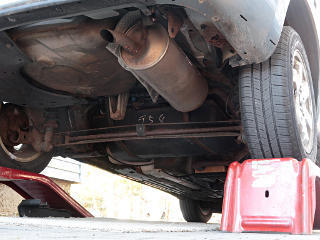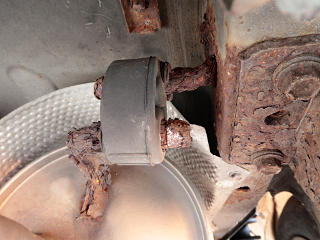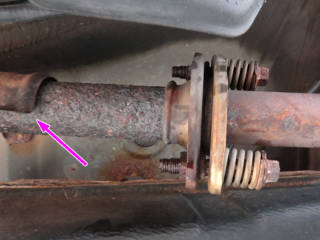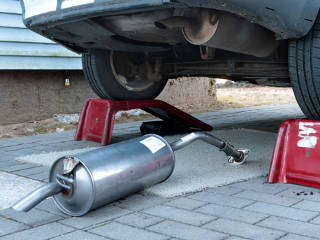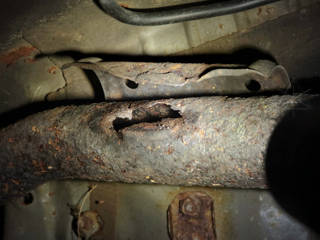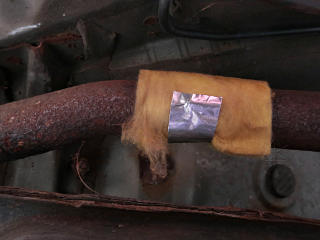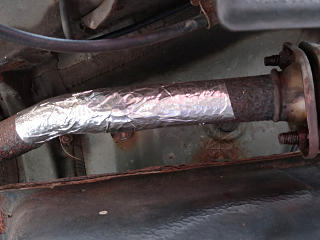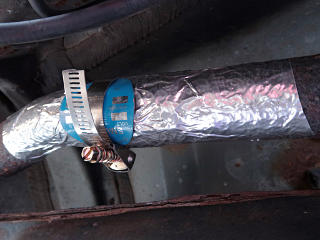| |
This page comes after a significant time gap since any prior pages about
the Prius.
It's early Spring in 2020, and I still have the same 2004 car.
It's been a heckuva journey and quite a rewarding experience, and this car
doesn't owe me a dime.
After fifteen years, though, it is finally starting to show signs of age,
or more properly of the abuse it has put up with from New England road
salt.
That's what killed all my other cars, and that's what will ultimately kill
this one too because other than the insidious creeping rot, the car is still
rock-solid.
Original battery still going strong, engine sounds the same as ever, it's
*not* burning oil, the VFD speedometer hasn't sprouted the blank-out
problem, and all my mods and added stuff are still fully functional.
Its fourth set of tires is in decent condition, especially after getting
remounted with the beads "gooped" to the rims to stop slow leaks.
While the
Kona electric
is a fine and fun vehicle, the Prius is still the "muscle memory" car, a
long-time extension of my body, and has never been boring to drive.
I kept it as the long-haul and camping car, hoping it would be reasonable
to keep on the road as long as possible before it would finally crumble
into a heap of rust flakes.
Unfortunately that process had started, notably in the exhaust system.
I began noticing a different sound when starting up, and realized that I
had an exhaust leak somewhere ahead of the final muffler and tailpipe.
Cold weather stood in the way of getting a close look at things under there,
but with the Kona available I could more or less stash the Prius in the
"back forty" and not think about it for a while.
With one of the mildest winters to date threatening to end on the early side
in 2020, here I'm finally able to get the car in the air and evaluate the
situation.
I'm not ready to write this car's epitaph yet.
|
